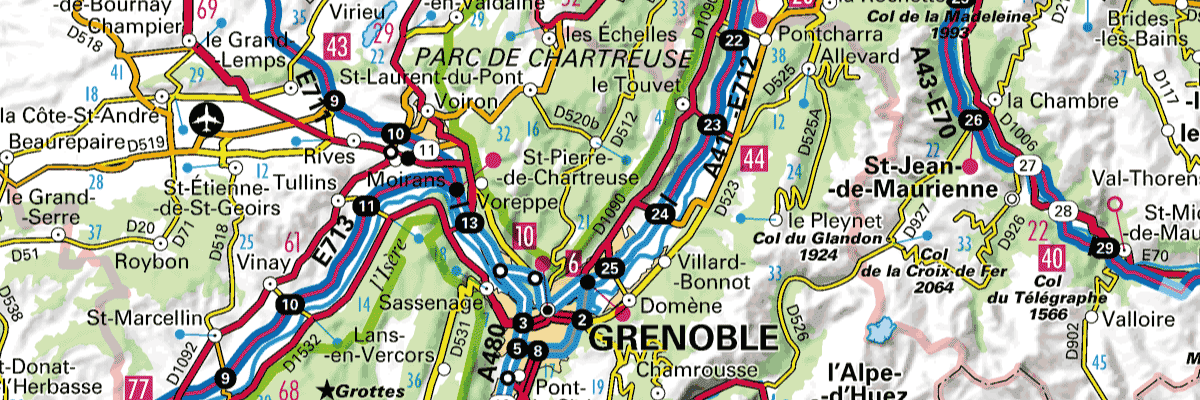

No programming experience is required to use this package. This makes the XOP suitable for custom programming, possibly providing a convenient means for dealing with data from scientific cameras or as a powerful segmentation algorithm for recovering Gaussian-like emitters from grayscale images.
LOCALIZER VISUALIZATION FULL
a standards-compliant TIFF file or Quicktime movie.Īll operations have been designed to work with multi-gigabyte data that is much larger than the available computer memory.Ī full reference on the operations implemented in the XOP is included with the package. * Support for converting input data to different file formats, e.g. * Different algorithms for producing publication-quality figures. * Fast fluctuation analysis calculation for different orders. drift correction or emitter blinking (implemented in the procedure) * Post-processing of the analysis result, e.g. * Precise localization of emitters using a variety of different algorithms (user-selectable). fluorescent molecules) from a noisy, inhomogeneous background. * Highly accurate segmentation of low-intensity Gaussian-like emitters (i.e. You can set up content filters and in-house teams in a few clicks, and manage everything in your own native language using our beautiful and intuitive visual editor. * Native loading of data from the manufacturer's file format for a range of scientific cameras (currently Photometrics, Andor, Hamamatsu, some Zeiss. Its tablet and mobile friendly, comes with a fully customizable widget, and installs with just a single line of code. The XOP includes operations for a full analysis, including: The package comes in two parts, an XOP that is responsible for performing fast and efficient calculations, and an Igor procedure that provides a graphical front-end. Localizer provides a full package for performing localization and fluctuation analysis in superresolution fluorescence microscopy (PALM, STORM, SOFI, pcSOFI). NOTE: binaries for Localizer can now be downloaded from. Wide-Angle Neutron Spin Echo Spectroscopy.
LOCALIZER VISUALIZATION HOW TO
For instructions on how to use *boundaryLayout*, visit the (Resource for Biocomputing, Visualization and Informatics) website.

The user can further save, export, and manage their templates through the Boundaries menu a default Cell Template is provided to the user. Additionally, the user is able to tune numerous algorithmic parameters in the layout settings menu: an effective way to emphasize certain inputs of the layout algorithm including the strengths of different forces such as node-node springs and boundary walls, the number of force iterations, node mass, or the network’s outer bounds thickness. The force-directed algorithm is derived from the prefuse algorithm, which is used in other applications such as setsApp. Whether it be a dynamic subcellular localization template, an n-partite graph to group nodes, or any other configuration of boundaries, *boundaryLayout* supports any user-defined compartmentalization. Boundaries, represented as Cytoscape annotations, may be automatically generated or defined by the user, who can later save and modify them as a “template”, or a collection of boundaries. *boundaryLayout* is a highly requested Cytoscape 3.X application which boasts a custom boundary-constrained force-directed layout.


 0 kommentar(er)
0 kommentar(er)
